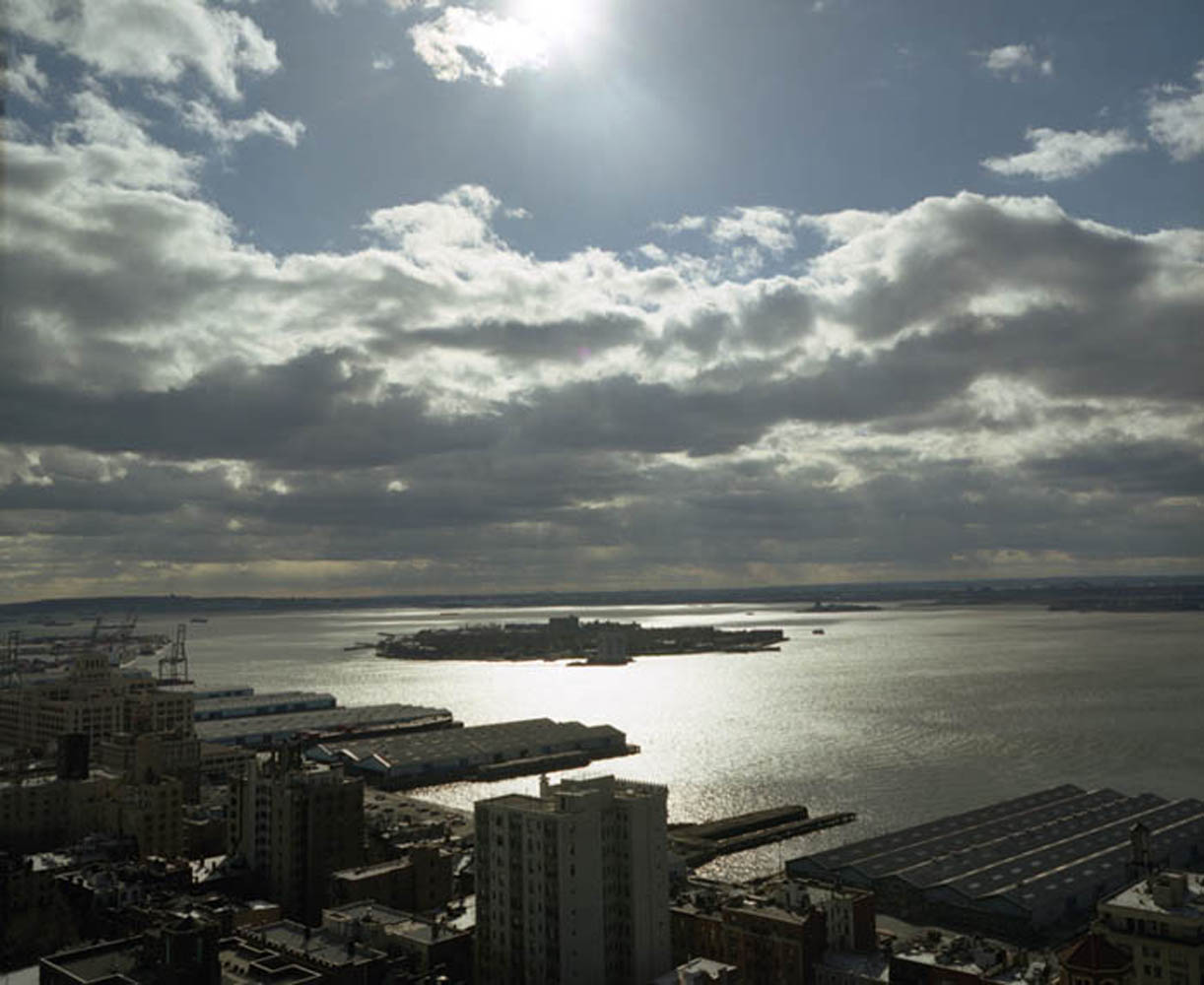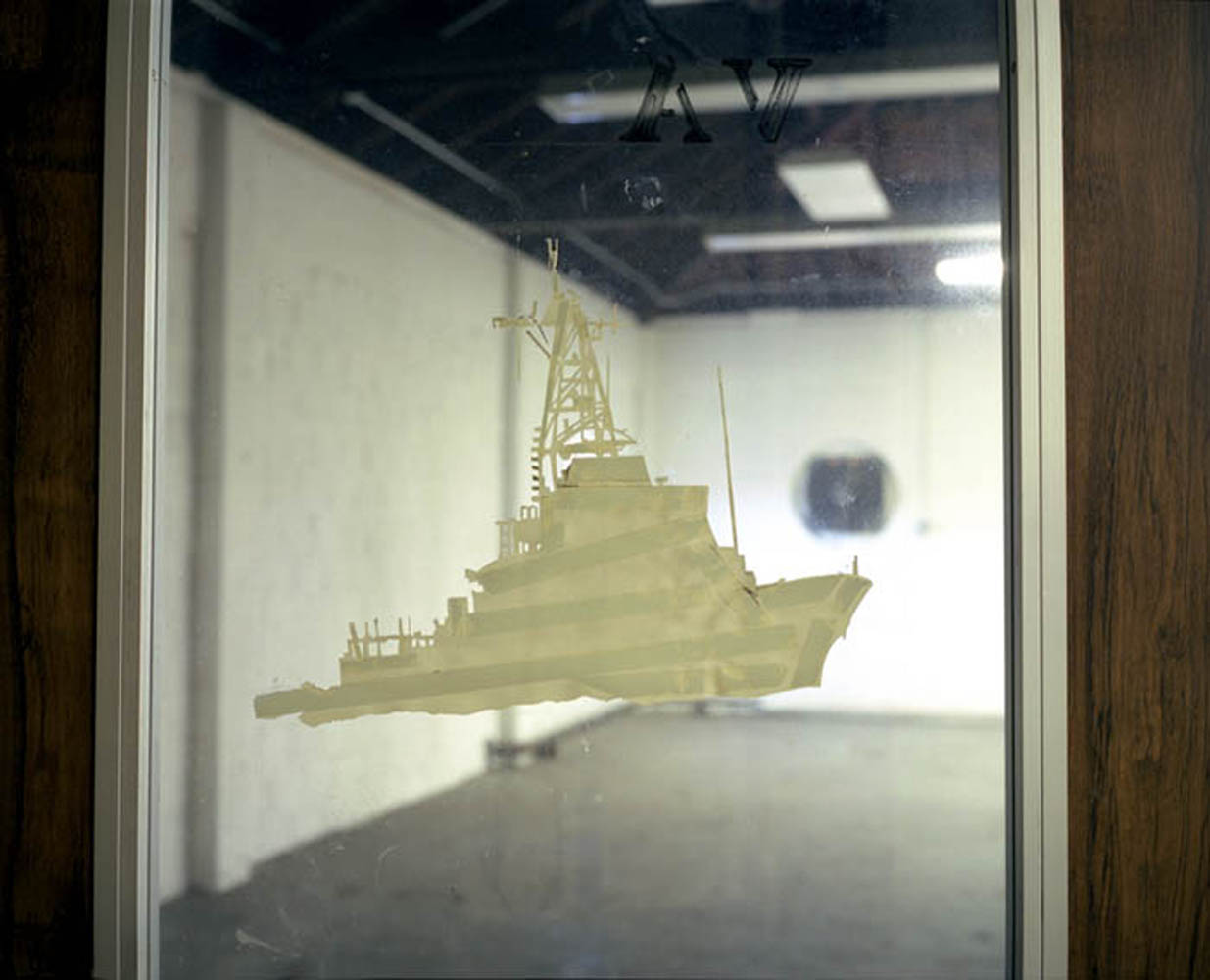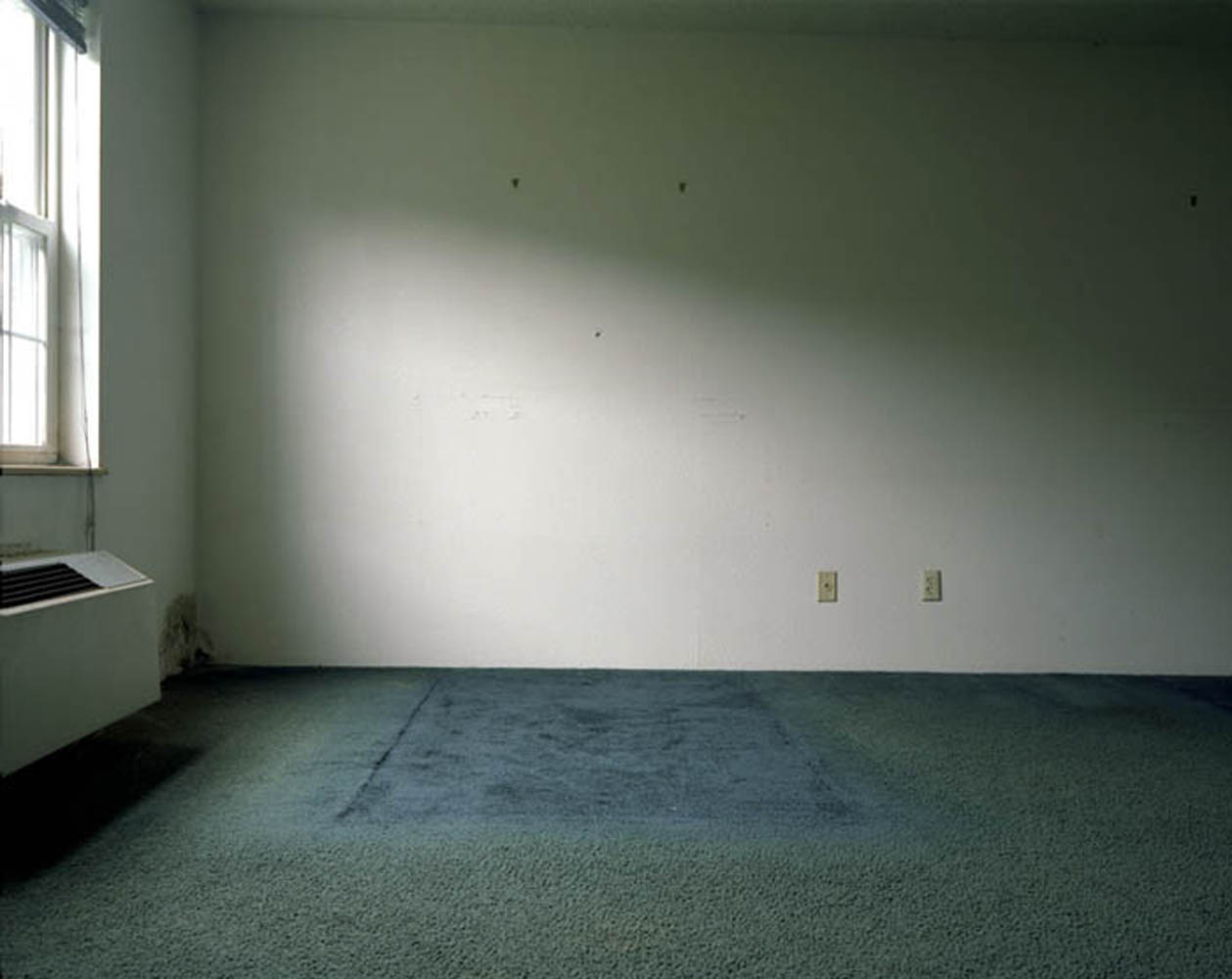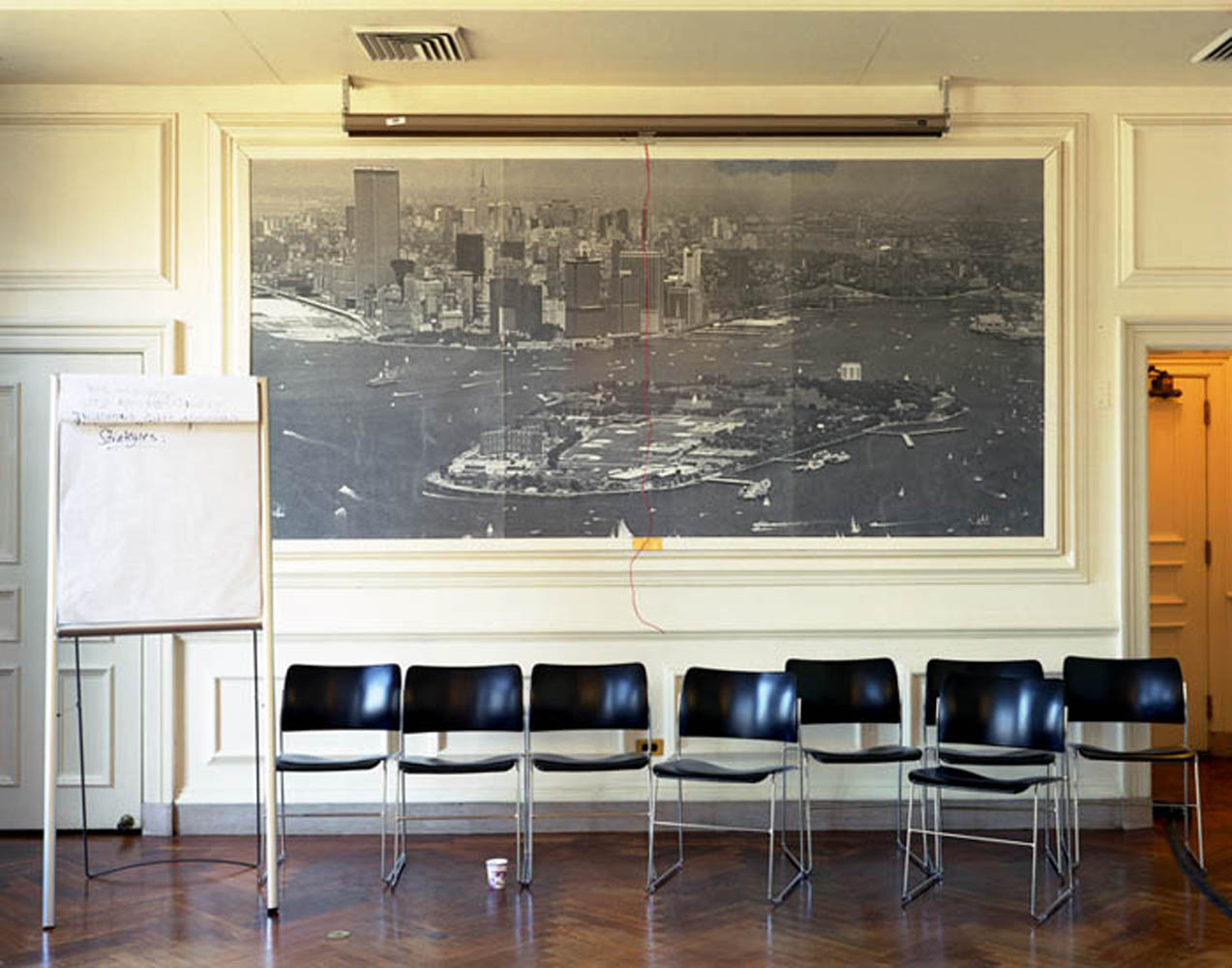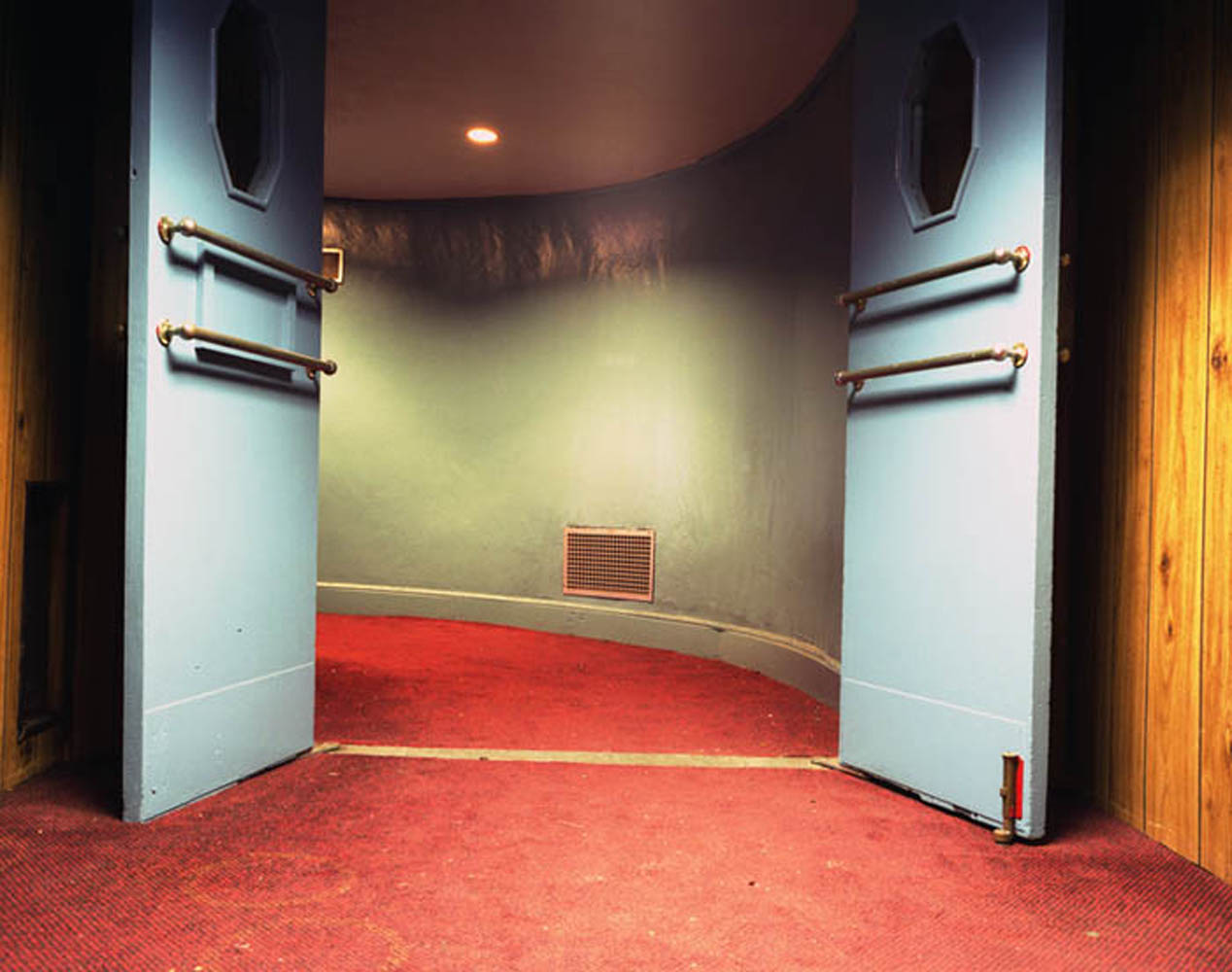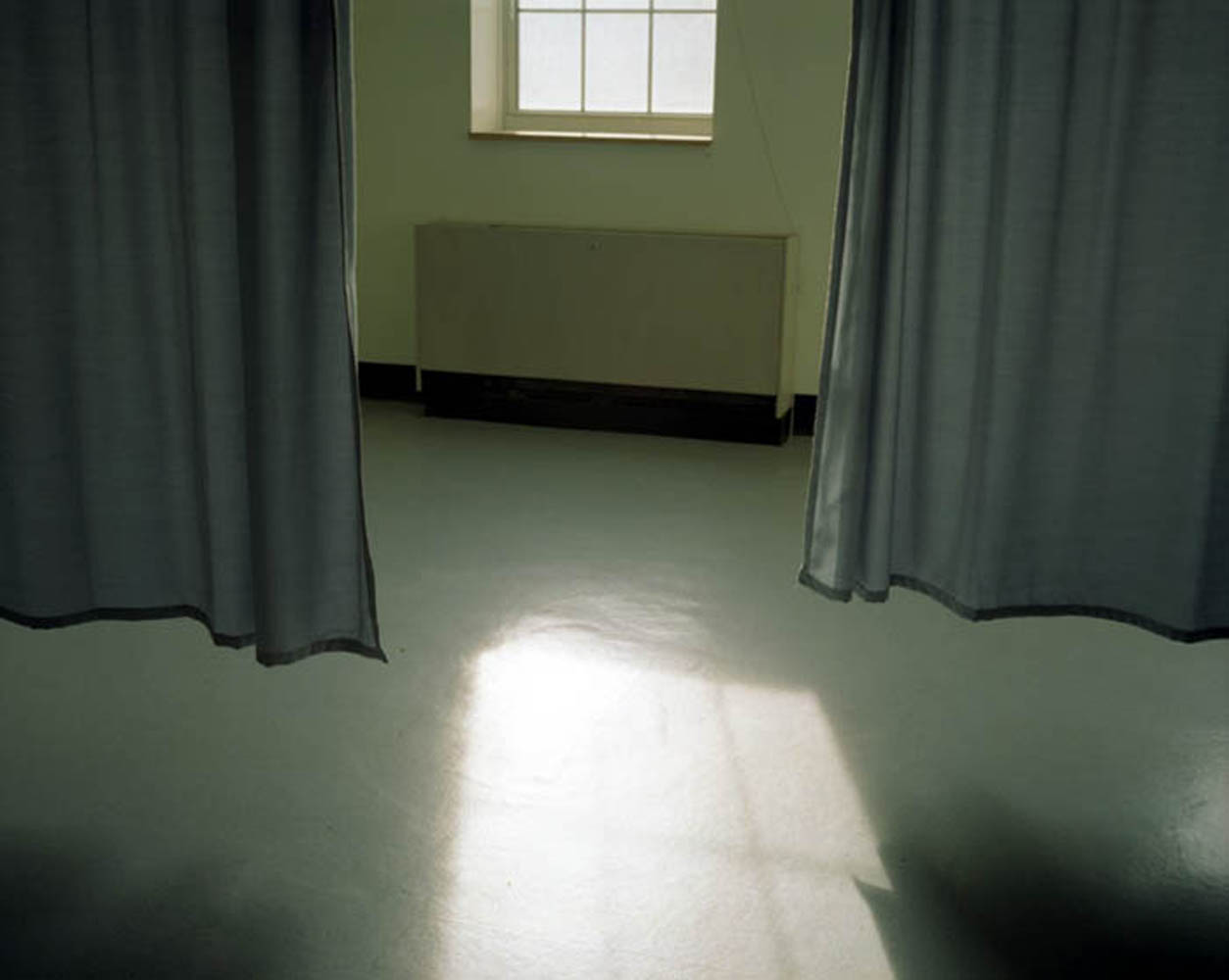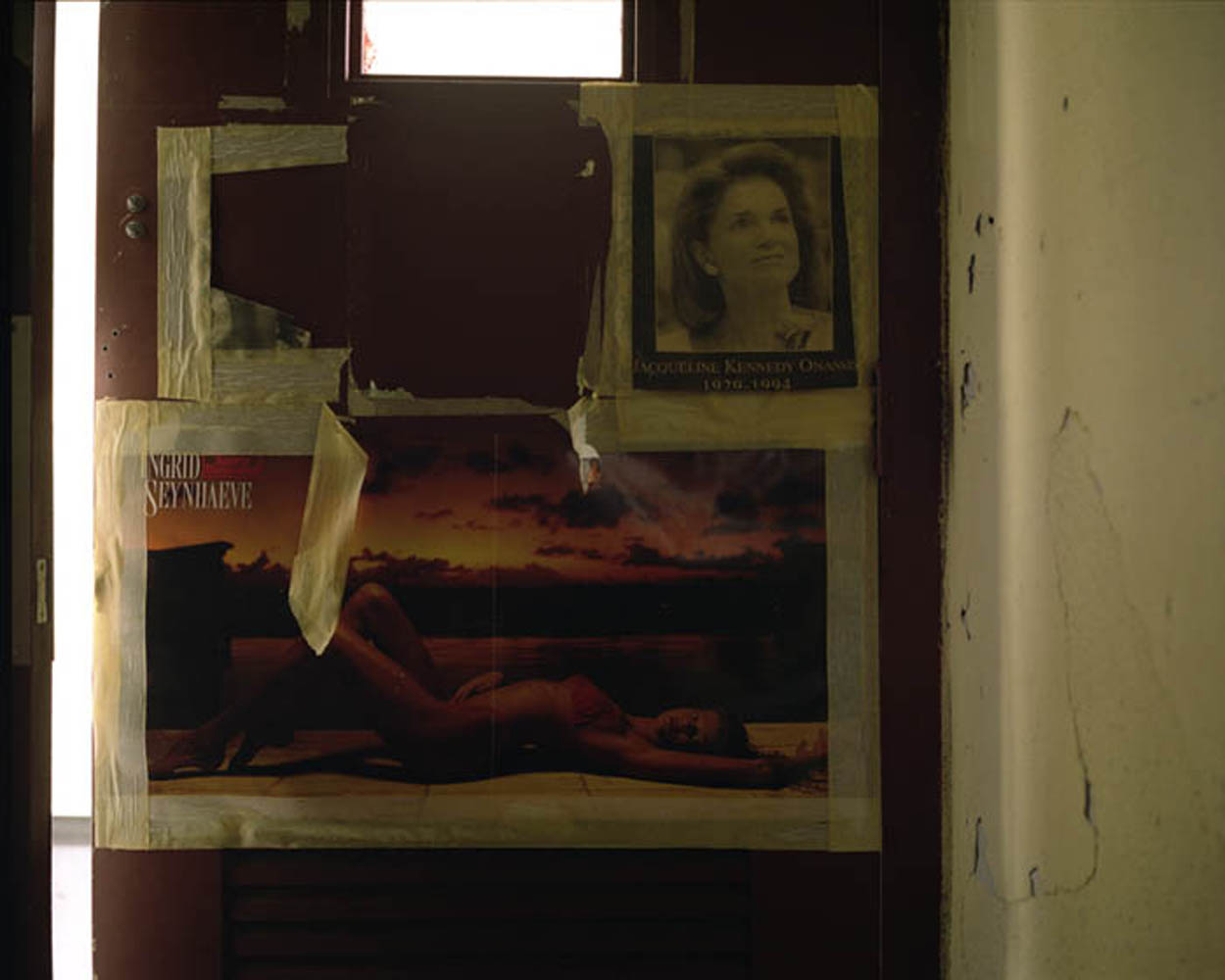In 2003, the phone rang, and a Scottish voice on the other end informed me I was being chosen by the Public Art Fund in NYC to receive a dream commission. I was 3 years out of graduate school, and was making ends meet working for the NYC Municipal Archives, shooting for magazines like Jane, wallpaper, the New York Times Magazine and Nest, but essentially still waiting for a big break in the art world. I see the Governors Island project as one major turning point in my career. Here was a ghost town presented to me – an abandoned military base – on an island, no less, and within the physical confines of he city I lived in. Who knew?
I was basically allowed to roam and run free. Two to three times per week, for about 5 months, I would pack my gear into a backpack (a Mamiya 7 6×7 film camera with tripod and flash, or a Wista 4×5 field camera) and take the subway to a short ferry ride across the East River to an island inhabited only by me, a couple full-time firemen, a small security and maintenance workforce, and an office of administrators dedicated to the Governors Island Preservation and Education Commission, my hosts. The idea was that the city was planning on turning this base into an island getaway, a park for public enjoyment, and great waterfront views. Before inviting the world in, someone had the good sense to ask the PAF to find a couple of photographers to document it, as-is (myself and Andrew Moore) and to mount an exhibition and print a catalog in 2004 to give the citizens of New York a sneak peek at what lay hidden inside the off-limits, 200-some acre island, and it’s many numbered, often otherwise unnamed, buildings.
I was like a kid again, snooping around places where people once lived, worked and played. Most of the evidence of specific activities was erased, but I managed to find undisturbed items and graffiti in closets and on the backside of doors. I even found an homage to the models of Sports Illustrated and Jackie O in the janitor’s closet, his secret place. I found manic children’s scrawlings on pages in the psychologist’s desk, and even his dress shoes left behind underneath his seat. I found the autographs of the aerobics class on the wall of their studio from 1994, their very last class in that room. I discovered a closet for liquor in the Officer’s Club and one for controlled substances, like barbiturates and amphetamines, in the hospital basement. I discovered the obsessive scribbles of a possibly lovestruck student on the chalkboard in the high school: “Mrs. La Luz,” written over and over again.
It had once been a world of Army, and later, Coast Guard, officers and their families – 3000 of them at any given time. It was it’s own small town, complete with a Motel 6, a Burger King and a movie theatre. It felt like it was mine, and mine alone, even though, of course, it was clearly not. I was poking around their empty places, looking for evidence of anonymous-to-me lives lived, but still, somehow, felt like I owned the place. I take my first trip back there this weekend, when the park will be open to the public, complete with an arts festival, free bikes to ride and, hopefully, the Canadian Geese evicted. It will be a homecoming, in a way, to a place I could never actually call a real home, though it certainly felt that way to me.
Lisa Kereszi, 2004


